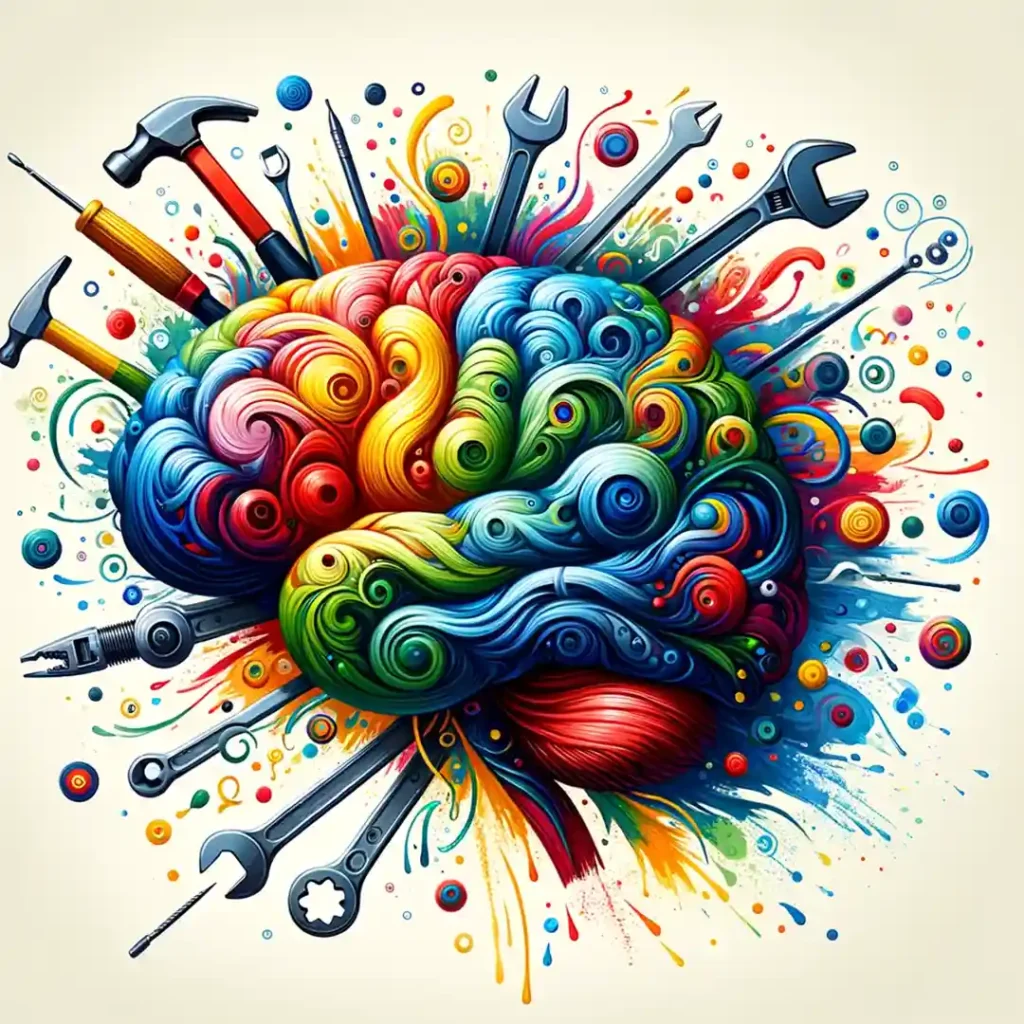Welcome to an extraordinary adventure that will take you inside the most complex and fascinating structure known to humankind: the brain. In this lesson, we will explore the concept of neuroplasticity for middle school students, and how it allows our brains to adapt, change, and grow throughout our lives. Prepare to embark on a journey that will not only enlighten you about the magic of neuroplasticity but will also empower you to harness this ability to transform your learning, memory, and way of thinking.
Learning Goals
- I will be able to explain what neuroplasticity is and how it operates within the brain.
- I will be able to provide examples of how learning new skills or hobbies can alter the brain’s structure or functionality due to neuroplasticity.
- I will be able to discuss how neuroplasticity challenges the notion that our abilities and intelligence are fixed from birth.
- I will be able to identify strategies to enhance or leverage brain plasticity for improved learning and skill development.
Materials
Process
- Review the differences between fixed and growth mindsets.
- Explain that our brains are “neuroplastic,” that is, that they change as we learn, which is why a growth mindset more accurately represents our learning journey.
- Read and discuss the article “Discovering the Magic of Neuroplasticity.”
- Watch the video “Your Brain is Plastic.”
- Please complete the questions at the end of the handout (individually, in groups, or as a whole class).
- Conduct a brainstorming discussion on identifying new skills or hobbies the class might be interested in learning and discuss how these could benefit their brains.
- Finally, reflect on how the information changes your view on learning and intelligence.
Discovering the Magic of Neuroplasticity: How Your Brain Changes and Grows
Imagine you’re an explorer venturing into a mysterious world’s vast, uncharted territories. But this world isn’t on a distant planet—it’s right inside your head! Welcome to the fascinating landscape of your brain, where the magic of neuroplasticity happens. This incredible journey will show you how your brain’s ability to change and adapt is like having a superpower, one that can transform learning, memory, and even how we think.
What Is Neuroplasticity?
Neuroplasticity might sound like a complex term, but it’s actually a simple concept when you break it down. “Neuro” refers to your neurons, the tiny cells in your brain that send messages all over your body, and “plasticity” means the ability to be molded or changed. So, neuroplasticity is your brain’s remarkable ability to reorganize itself by forming new neural connections throughout your life.
This means your brain isn’t fixed and unchanging; it’s dynamic, constantly evolving based on your experiences, thoughts, and environment. When you learn something new, practice a skill, or even when you simply think about something, your brain is busy building new paths, making it easier for you to get better at whatever you’re focusing on.
How Does Neuroplasticity Work?
Think of your brain as a bustling city with countless roads and pathways. These pathways are like the brain’s information highways; every time you learn something new, your brain builds a new road. The more you practice or think about that new skill or knowledge, the stronger and wider that road becomes, making it easier for information to travel.
In the early days of neuroscience, scientists believed that the brain’s structure was relatively fixed after childhood. However, groundbreaking research has shown that our brains can change at any age. Whether you’re 8, 18, or 80, your brain has the ability to adapt and grow. This is good news for all of us because it means we’re never too old (or too young) to learn new things or improve our skills.
Neuroplasticity in Action: Real-Life Examples
- Learning a New Language: When you learn a new language, your brain forms new connections in areas responsible for language and memory. Over time, these connections strengthen, making it easier for you to understand and speak the new language.
- Recovering from an Injury: Neuroplasticity is also why people can recover from brain injuries. When part of the brain is damaged, other parts can sometimes take over the lost functions by reorganizing and forming new connections.
- Playing a Musical Instrument: Have you ever wondered why musicians become so good at their instruments? Practice not only improves their skill but actually changes their brain. Musicians often show enhanced brain plasticity, particularly in areas related to hearing, motor control, and spatial navigation.
Boosting Your Brain’s Plasticity
So, how can you make the most of your brain’s plasticity? Here are some tips to keep your brain flexible and learning:
- Embrace New Challenges: Pushing yourself to learn new things can help forge new pathways in your brain.
- Stay Curious: Keep asking questions and exploring new subjects. Curiosity doesn’t just make learning more fun; it also encourages your brain to make new connections.
- Practice Regularly: Just like building muscle, the more you use certain pathways in your brain, the stronger and more efficient they become.
- Take Care of Your Brain: Healthy habits like regular exercise, a balanced diet, and enough sleep can support neuroplasticity, making it easier for your brain to grow and adapt.
The Path Forward
Understanding neuroplasticity gives us a glimpse into the boundless potential of our brains. It’s a reminder that we’re always capable of growth and change, no matter our age. Whether you’re mastering a new skill, overcoming a challenge, or simply learning more about how the world works, your brain is your most powerful ally on this journey.
So, the next time you’re faced with a difficult problem or learning something new, remember the incredible power of neuroplasticity. Your brain is like a magical, ever-changing landscape, ready to grow and adapt with each new experience. Let’s explore, learn, and grow together, unlocking the endless possibilities in our minds.
Reflection Questions
- What is neuroplasticity and how does it work in the brain?
- Can you give an example of how learning a new skill or hobby might change the brain’s structure or function due to neuroplasticity?
- Why is neuroplasticity important for recovery after a brain injury?
- How does the concept of neuroplasticity challenge the idea that our abilities and intelligence are fixed at birth?
- What are some ways you can enhance or take advantage of your brain’s neuroplasticity to improve learning and skill development?



